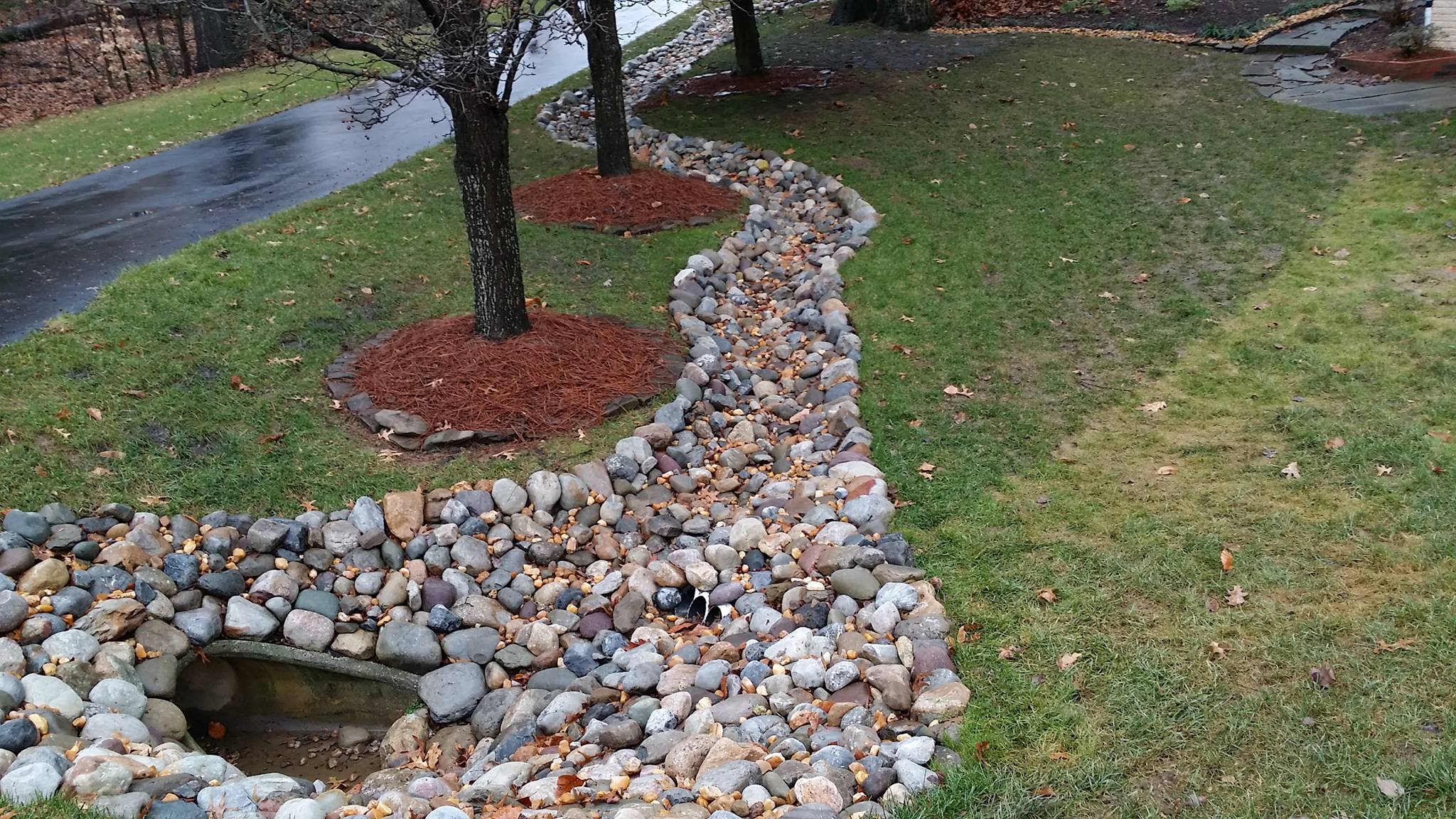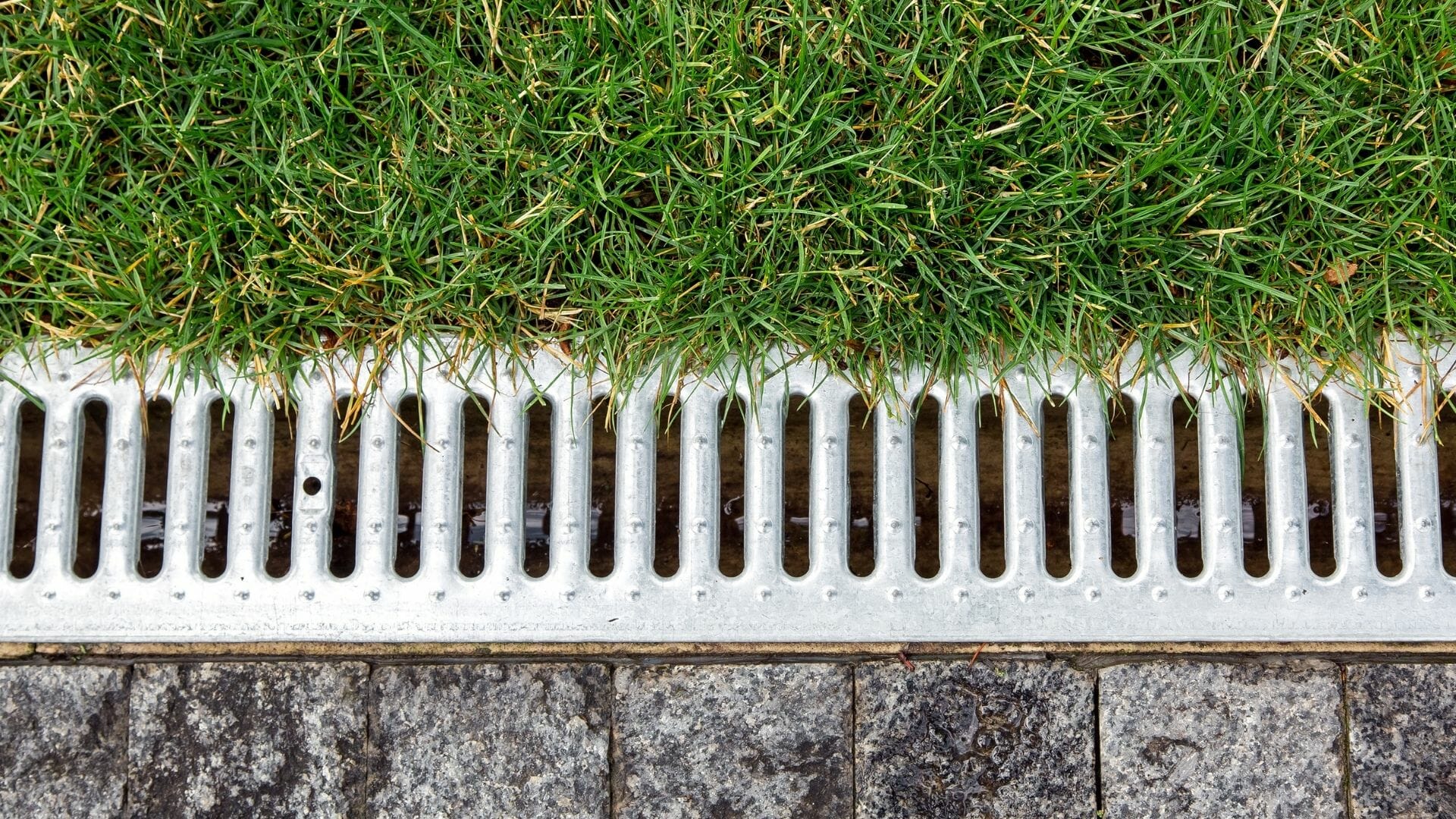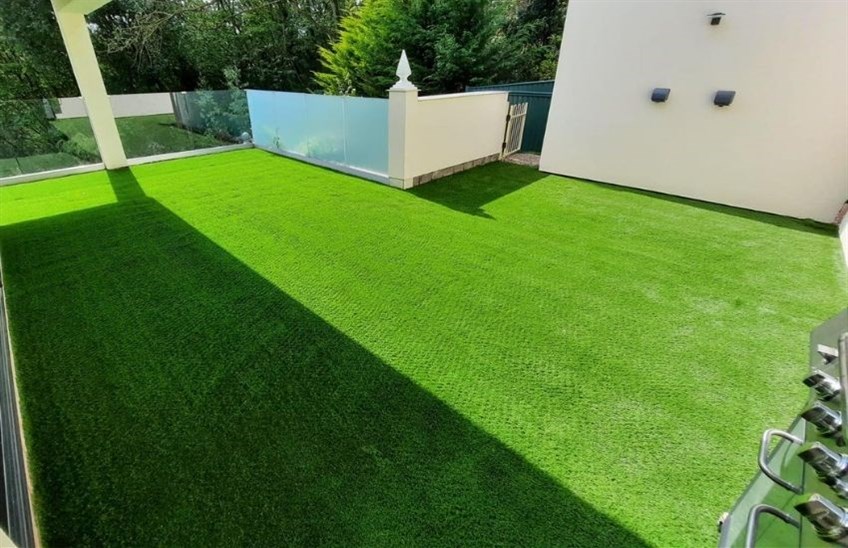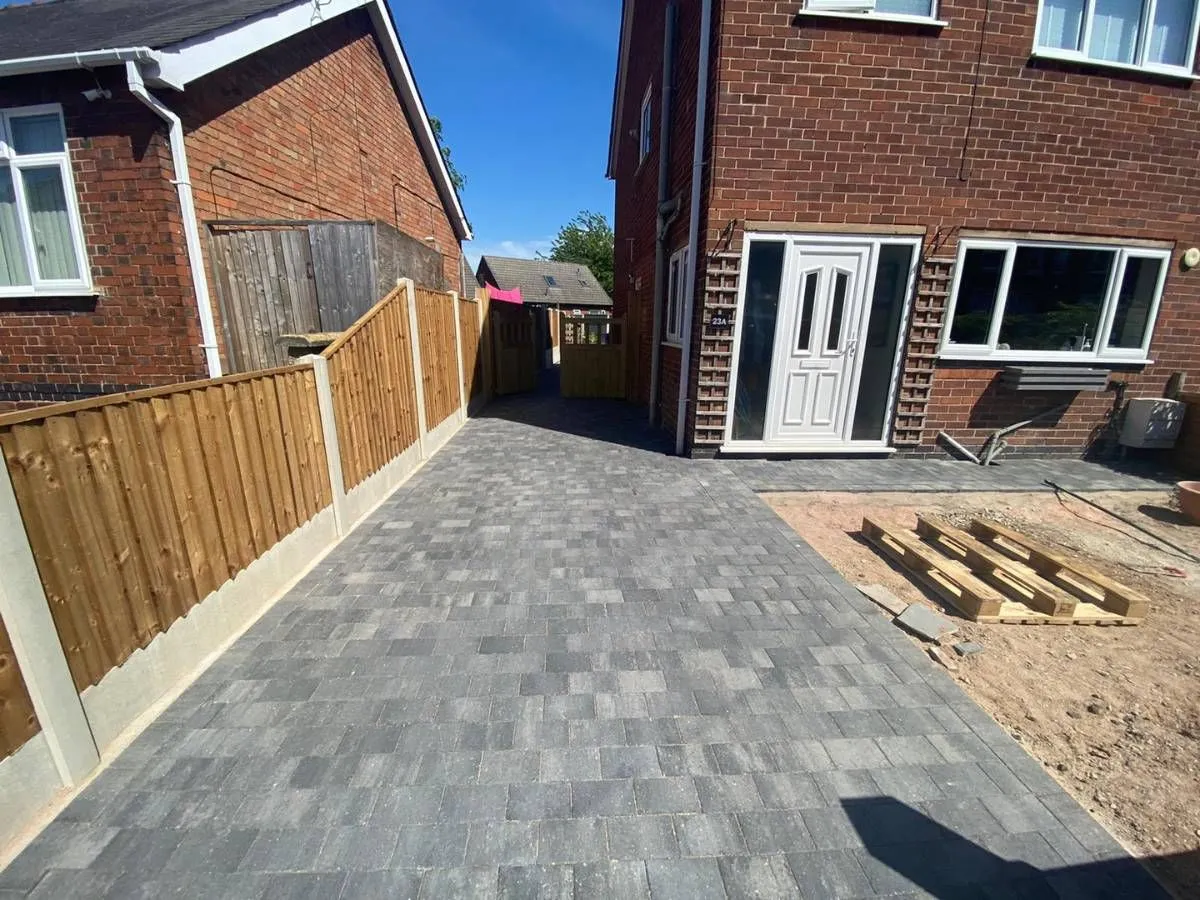For homeowners in Coventry, managing garden drainage is essential due to frequent rains and the possibility of clay-heavy soils that retain water. Poor drainage can lead to waterlogged lawns, damaged plants, and even garden erosion. Fortunately, there are effective techniques to keep your garden dry and prevent excess water buildup. Here are the best techniques for improving garden drainage in Coventry to help you maintain a vibrant, flood-free outdoor space.
1. Install French Drains
French drains are a highly effective and widely used drainage solution for gardens with persistent water buildup. They involve digging a trench, laying a perforated pipe surrounded by gravel, and covering it with soil. Water flows into the pipe and is redirected away from the garden, preventing pooling and waterlogging.
- Benefits: Affordable, effective, and suitable for areas with high water flow.
- Ideal Use: For gardens with specific areas prone to pooling or flooding.
- Maintenance: Occasional inspection and debris removal from the trench are recommended to keep the drain clear.
2. Use Soakaways
A soakaway is an underground pit filled with gravel, rubble, or pre-made crates that collect excess water and allow it to slowly seep into the surrounding soil. Soakaways are ideal for Coventry’s rainy climate, helping to reduce surface water and improve garden drainage.
- Benefits: Low-maintenance and sustainable, providing long-term drainage.
- Ideal Use: For areas with frequent rain, where surface water quickly accumulates.
- Maintenance: Requires occasional checks to ensure it remains free of debris.
3. Improve Soil Structure with Organic Matter
If you have clay-heavy or compacted soil, improving the soil structure can significantly enhance drainage. Adding organic matter such as compost, well-rotted manure, or coarse sand will make the soil more porous, allowing water to drain away rather than pooling on the surface.
- Benefits: Improves drainage and soil health, providing additional nutrients for plants.
- Ideal Use: For gardens with clay soils or compacted areas.
- Maintenance: Mix in organic matter yearly to maintain good soil structure.
4. Aerate the Soil Regularly
Soil aeration helps break up compacted soil and creates small channels for water to flow through, which improves drainage. You can aerate your garden by using a garden fork or renting a mechanical aerator. This technique is particularly useful in lawns that tend to become waterlogged.
- Benefits: Simple, effective, and beneficial for lawn health.
- Ideal Use: For lawns or garden beds with compacted soil.
- Maintenance: Aerate annually or as needed, especially after heavy rains.
5. Install Drainage Channels
For areas with hardscapes like patios or driveways, installing drainage channels can be an effective way to control surface water. These channels are narrow trenches lined with grates that collect and redirect water away from your garden, preventing water from flowing into flower beds or low spots.
- Benefits: Ideal for areas with heavy runoff, easy to install along paved areas.
- Ideal Use: Around patios, pathways, and driveways.
- Maintenance: Regularly clear out debris to prevent blockages.
6. Consider Raised Beds for Garden Plants
Raised garden beds can help prevent waterlogging by elevating plants above the natural ground level, allowing water to drain away more effectively. Raised beds are especially useful for plants that are sensitive to overly wet soil and are relatively easy to construct.
- Benefits: Protects plant roots from excessive moisture and is adaptable to any garden layout.
- Ideal Use: For vegetable gardens or flower beds in water-prone areas.
- Maintenance: Add fresh soil and organic matter each season to maintain drainage quality.
7. Create a Rain Garden
Rain gardens are both eco-friendly and effective at improving garden drainage. They are designed as slightly sunken areas planted with moisture-loving plants, such as ferns, sedges, and irises, which help absorb excess water. Rain gardens not only prevent flooding but also create a beautiful, natural habitat for pollinators.
- Benefits: Aesthetic, environmentally friendly, and supports biodiversity.
- Ideal Use: For low-lying areas where water tends to pool after rain.
- Maintenance: Maintain the plants and occasionally remove excess debris to keep the garden functional.
8. Use Permeable Paving Materials
If you have paved areas, opting for permeable paving materials like gravel, permeable pavers, or porous concrete can prevent water from pooling on the surface. Permeable materials allow rainwater to pass through and seep into the ground below, reducing surface runoff and water accumulation in the garden.
- Benefits: Reduces surface water, low-maintenance, and prevents erosion.
- Ideal Use: Pathways, patios, and driveways near garden areas.
- Maintenance: Regularly clean to prevent clogging with debris or dirt.

9. Install Gutter Extensions and Downspout Diverters
Redirecting water from your home’s gutters can have a huge impact on your garden’s drainage. By installing gutter extensions or downspout diverters, you can channel water away from garden beds and redirect it to areas where it can naturally drain or be absorbed.
- Benefits: Inexpensive, easy to install, and highly effective.
- Ideal Use: Around the perimeter of homes with nearby garden beds.
- Maintenance: Regularly check gutters and downspouts to ensure they are clear.
10. Try a Dry Well for Heavy Water Flow
A dry well is a container or gravel-filled pit that collects and temporarily stores large volumes of water, allowing it to drain gradually into the surrounding soil. For gardens with heavy runoff or frequent flooding, a dry well can be an effective solution.
- Benefits: Handles large amounts of water, ideal for areas prone to heavy rainfall.
- Ideal Use: Low-lying garden areas or where water naturally flows.
- Maintenance: Inspect periodically to ensure it’s clear and functioning properly.
Tips for Maintaining Good Garden Drainage
Once you’ve implemented a drainage solution, ongoing maintenance is key to ensuring it continues to perform well. Here are some maintenance tips:
- Keep Drains Clear: Regularly clear out debris and leaves from French drains, soakaways, and drainage channels.
- Monitor Plants: Keep an eye on your plants’ health—wilting or yellowing can indicate drainage issues.
- Inspect Gutters and Downspouts: Make sure gutters are unclogged to prevent water from overflowing into the garden.
Final Thoughts
Implementing these effective drainage techniques can help you keep your Coventry garden dry and healthy year-round. From simple fixes like soil aeration and gutter extensions to more involved solutions like French drains and rain gardens, these strategies provide a variety of options for managing water in your outdoor space. By choosing techniques tailored to your garden’s specific needs, you can protect your plants, enhance the garden’s appearance, and enjoy a vibrant outdoor space free from waterlogging.


